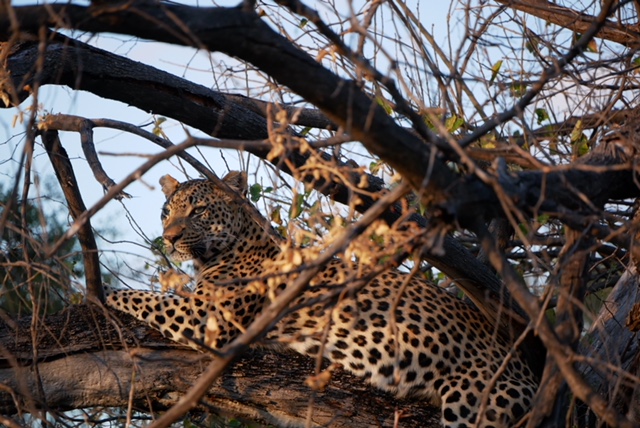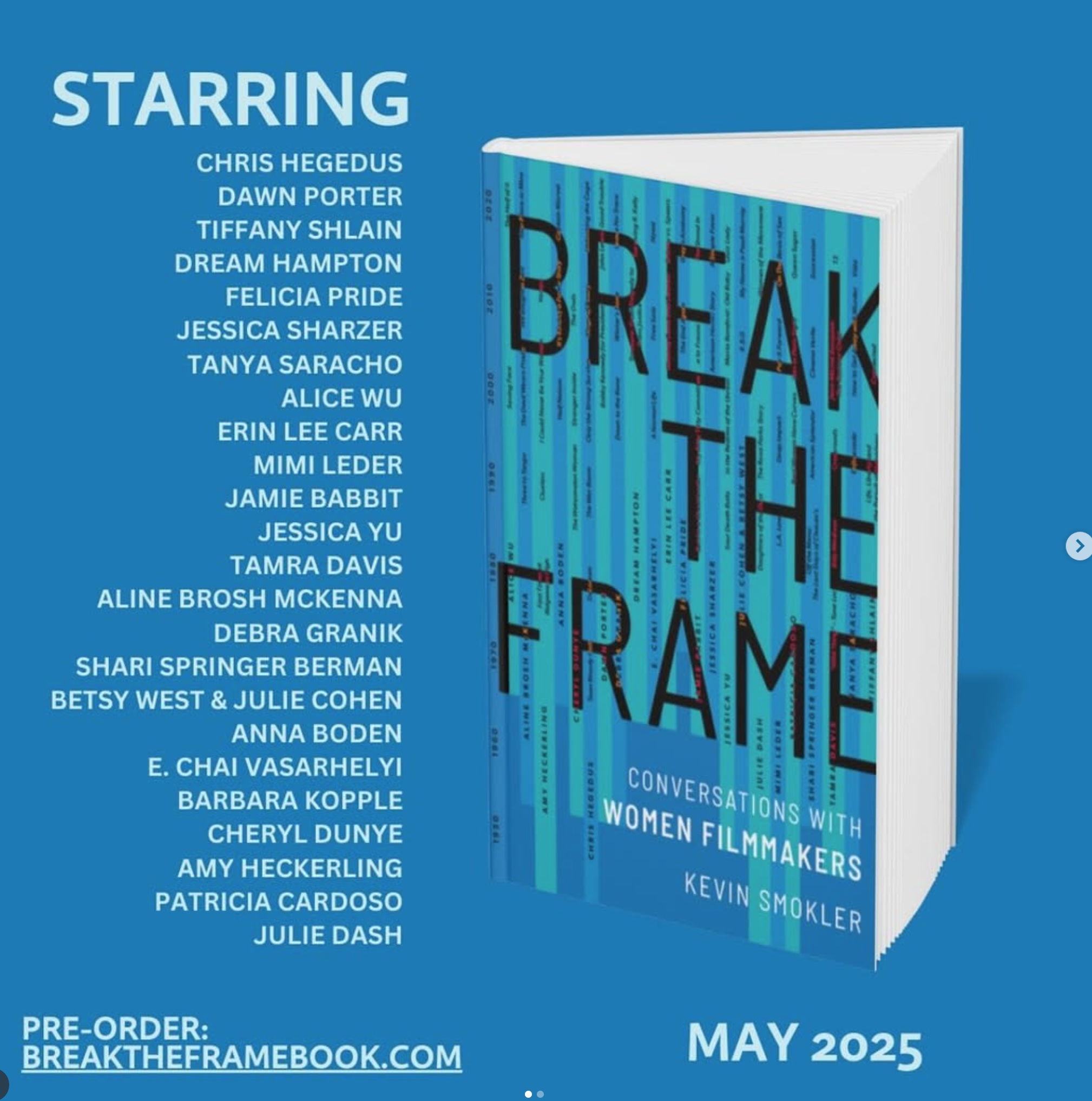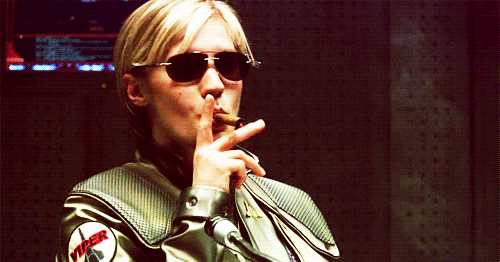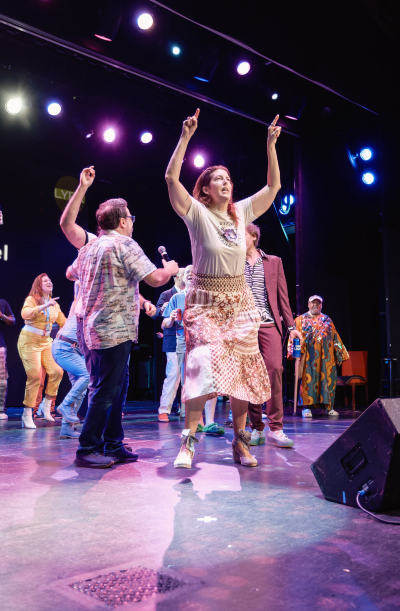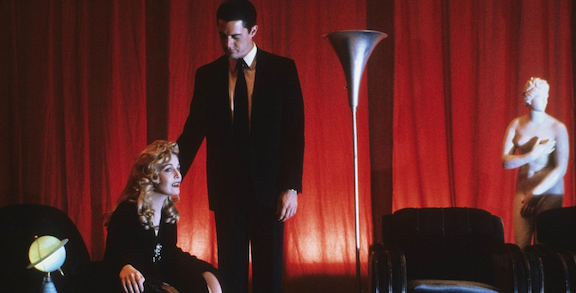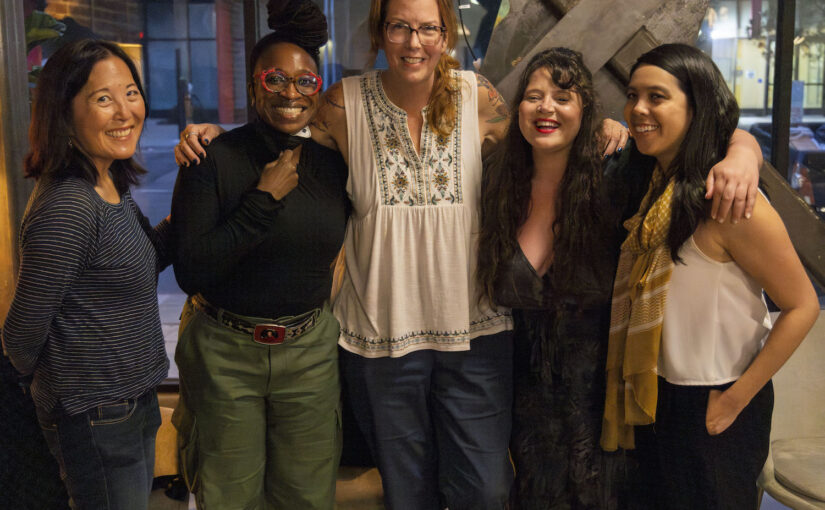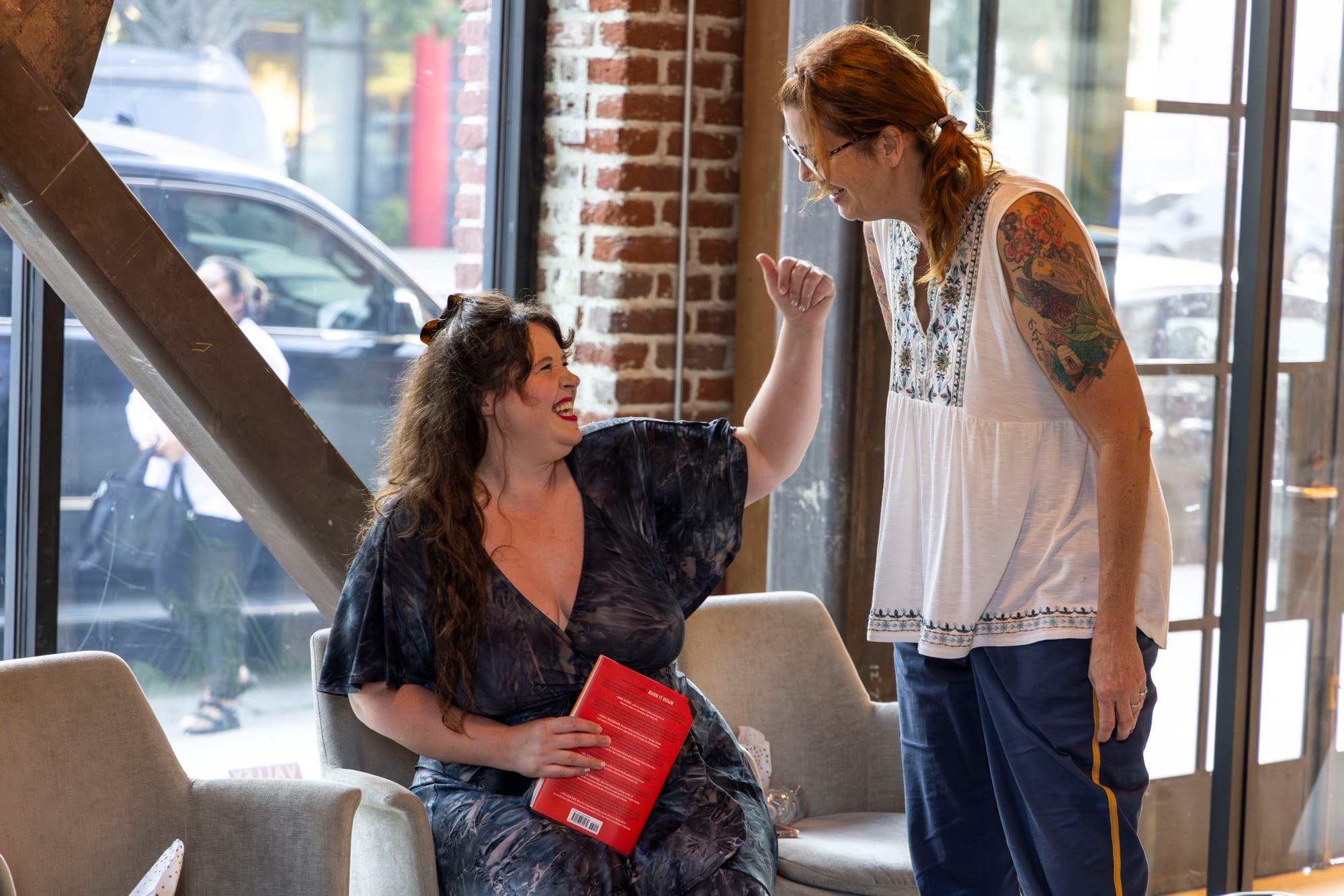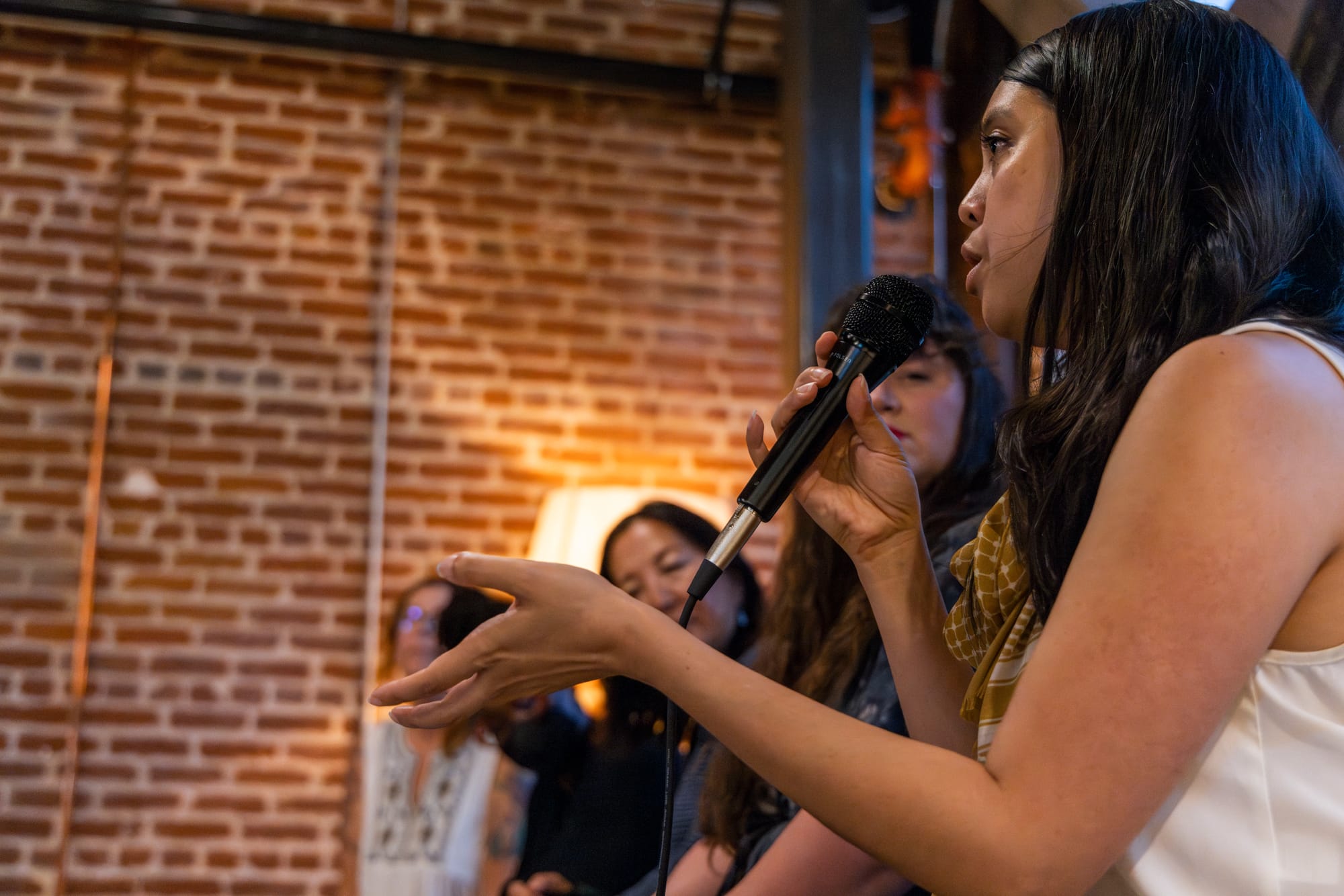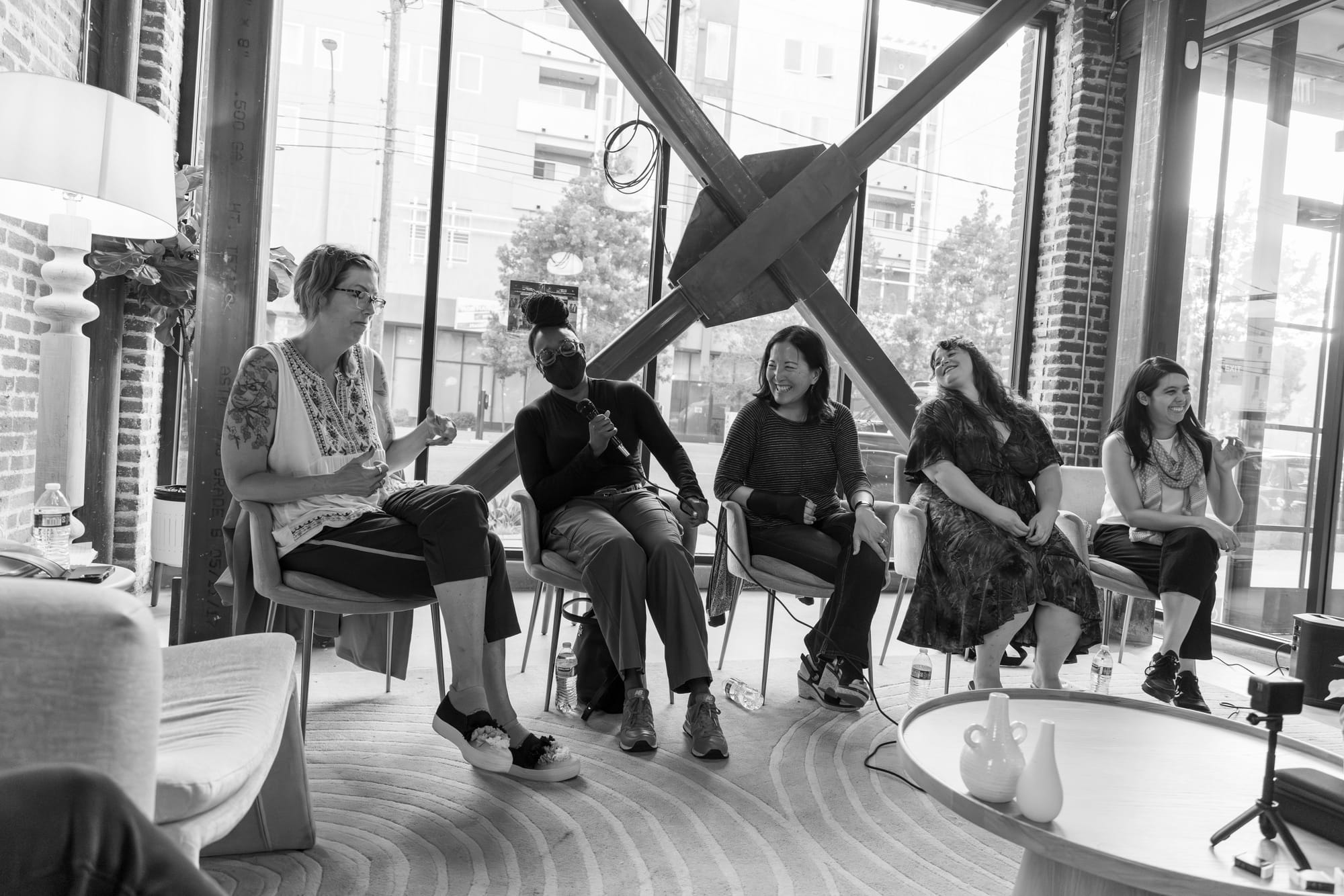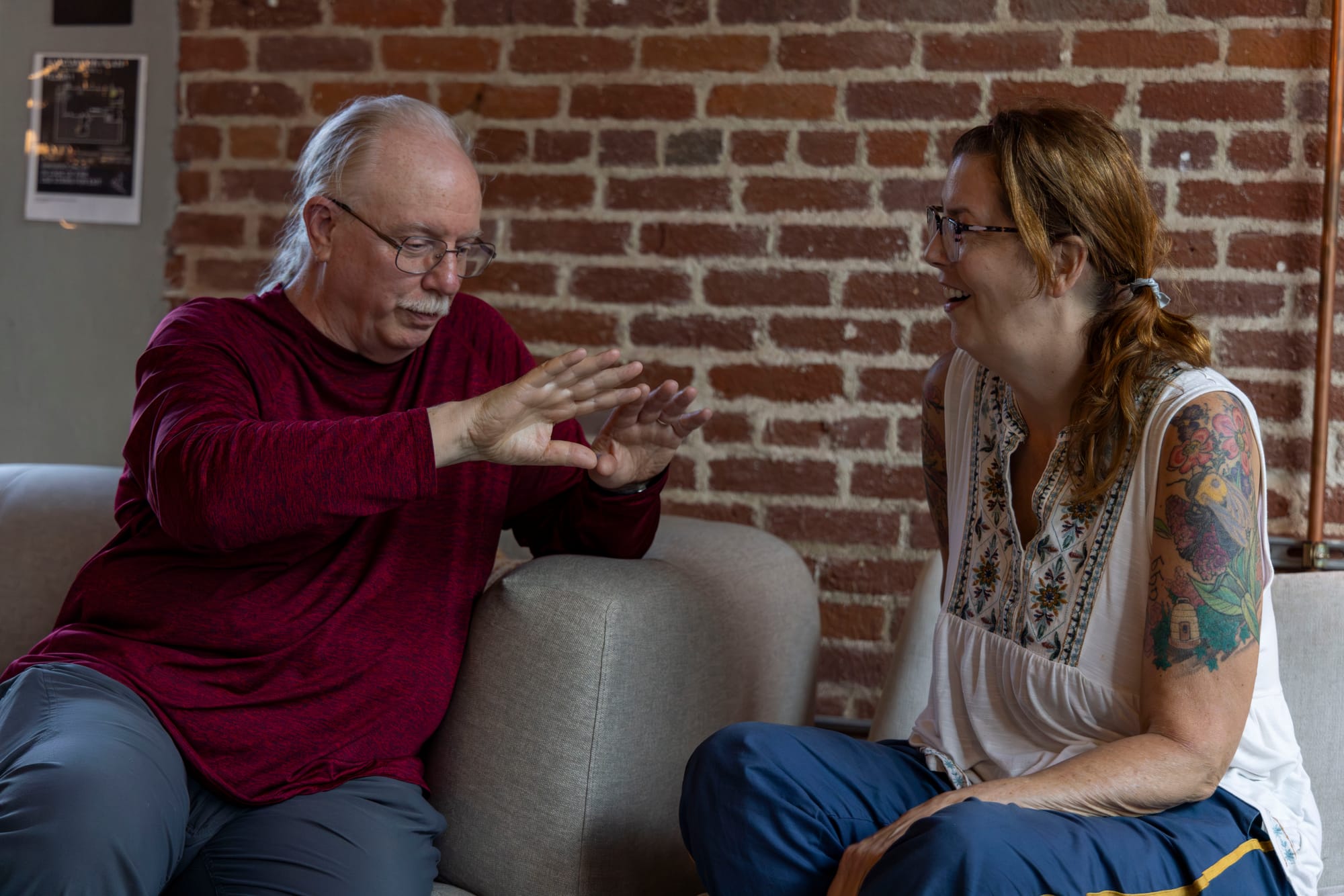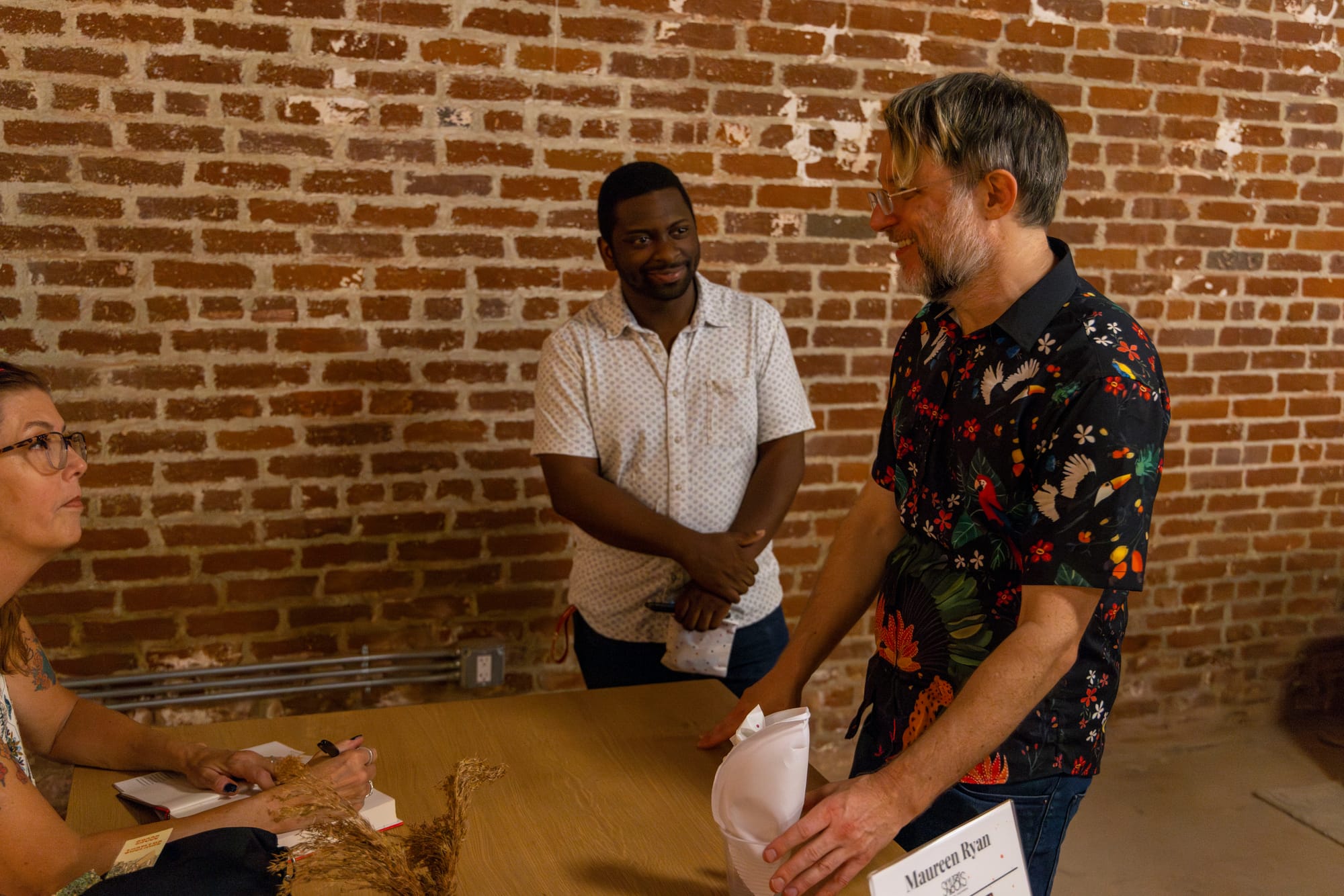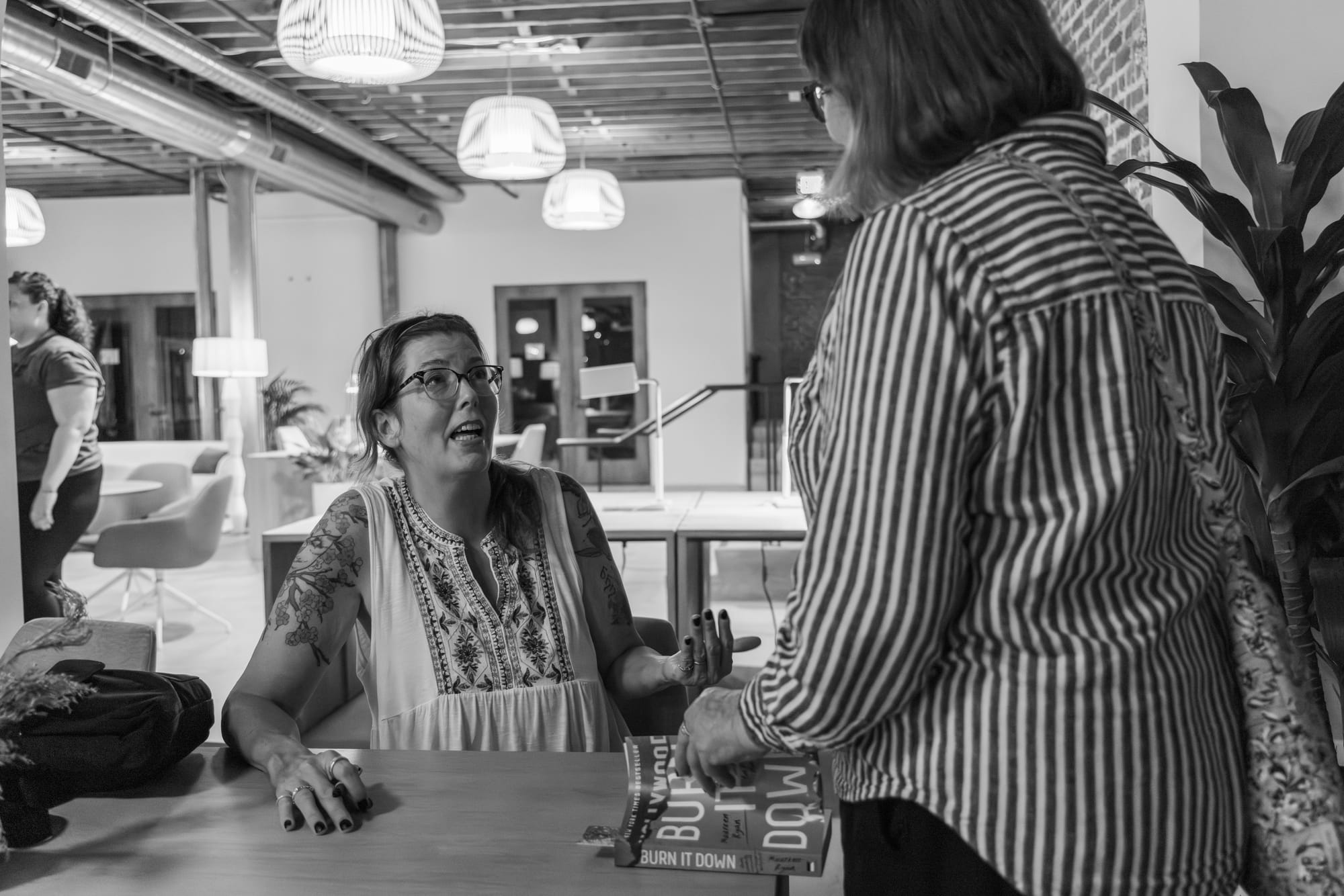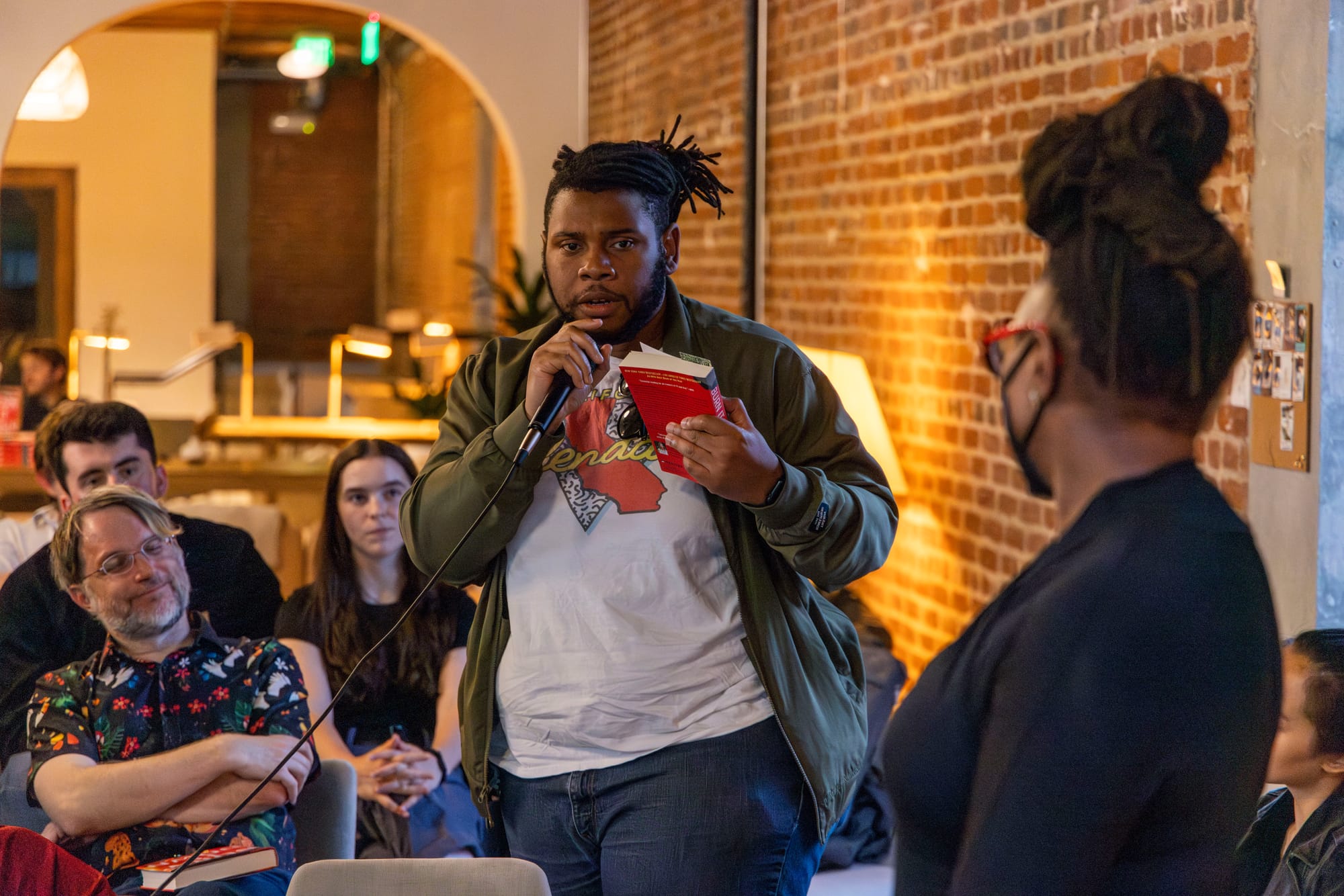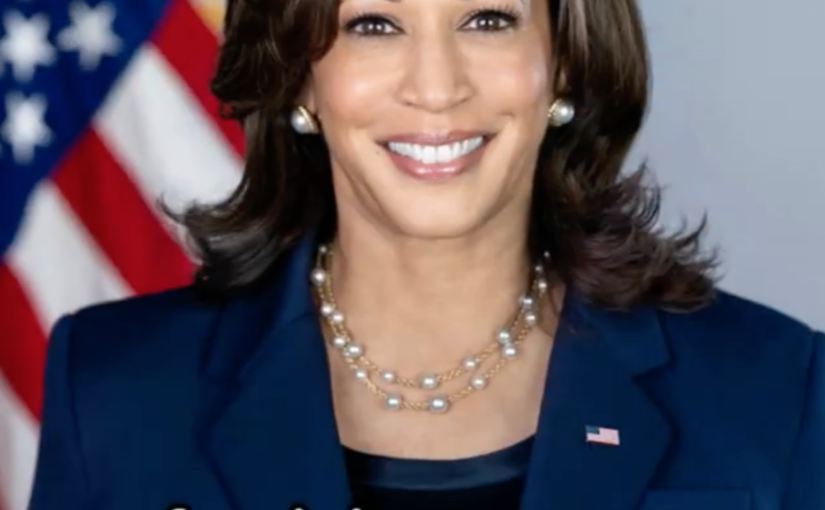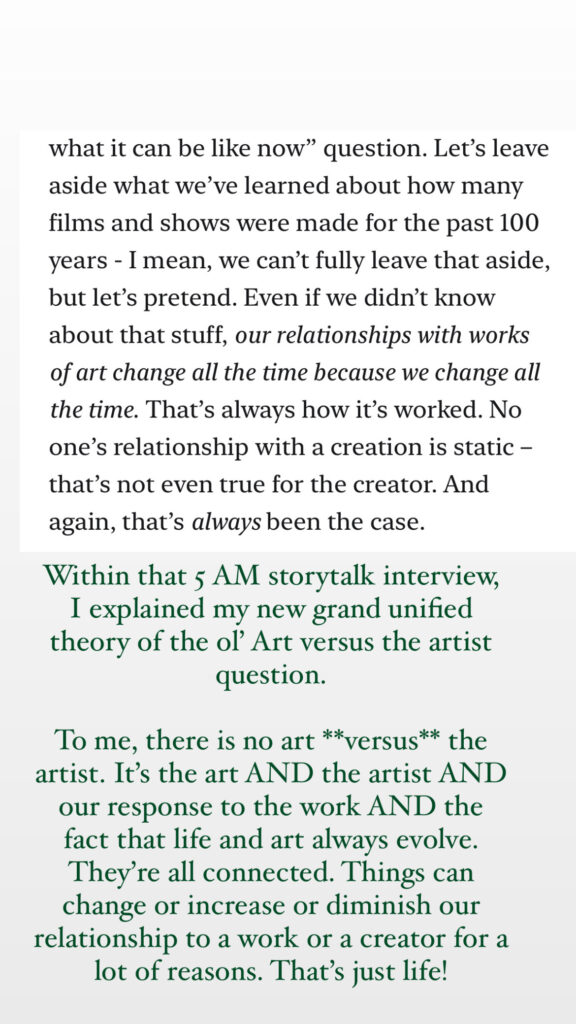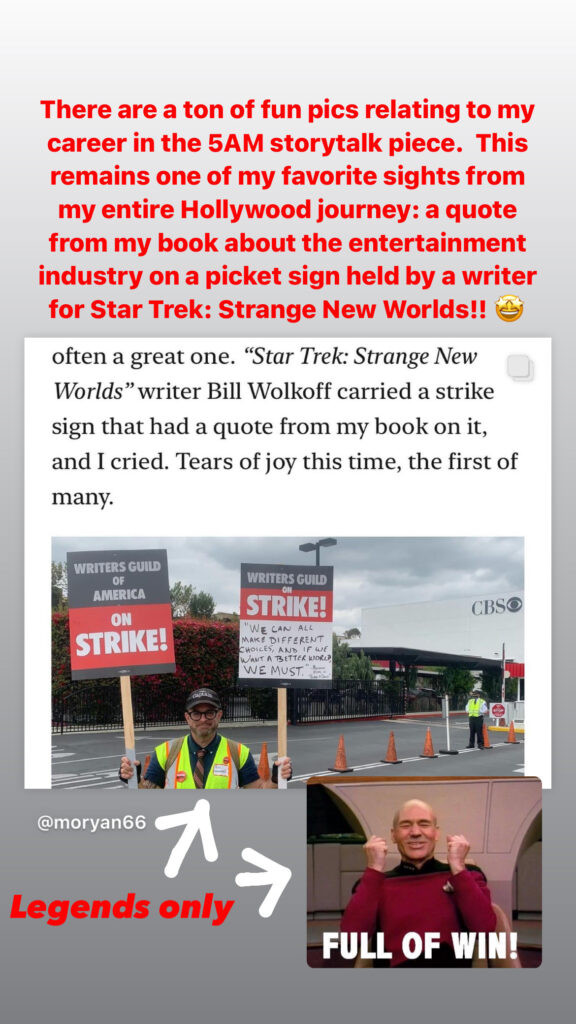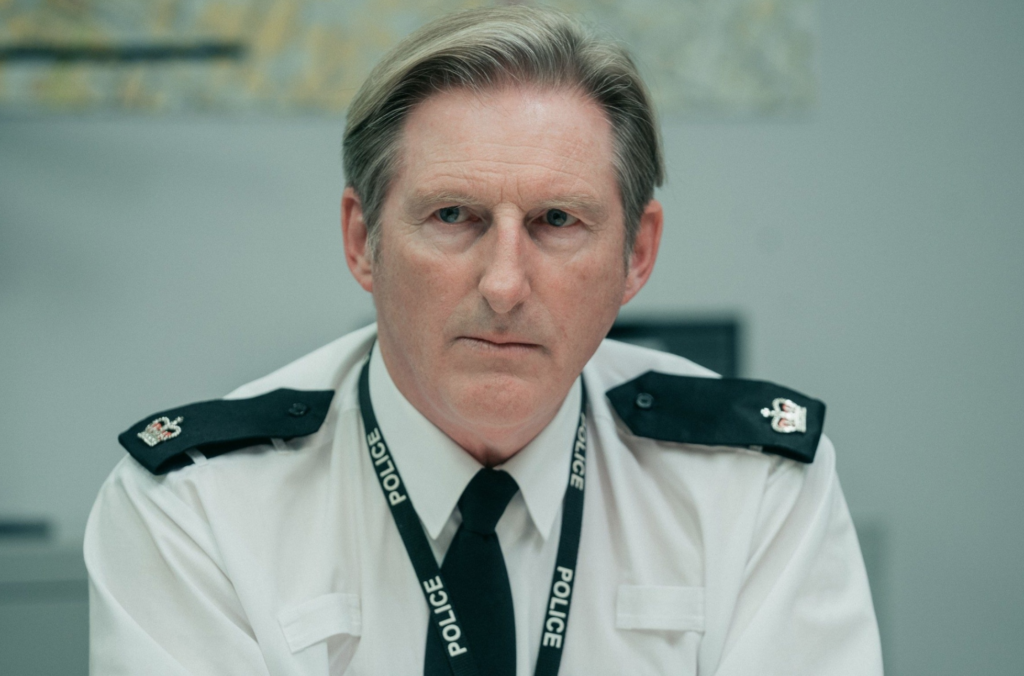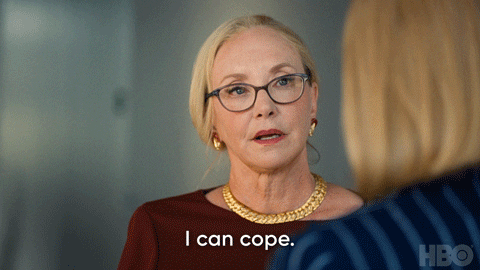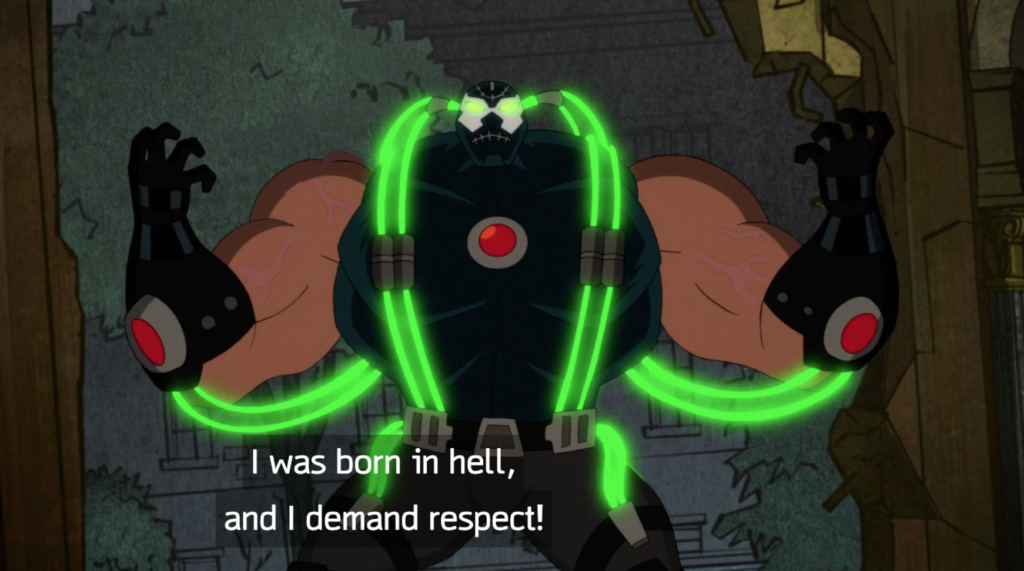Hi! I have been an entertainment critic and a journalist for a long time, and these days I am a Contributing Editor at Vanity Fair (thus feel free to address me as Baroness Von Ryan). I’m also the author of the book Burn It Down: Power, Complicity and a Call for Change in Hollywood, which came out June 6.
The book is my reaction to and examination of the trends that produced #MeToo and various racial reckonings as well as the labor unrest gripping Hollywood during Hot Strike Summer. For the book, I interviewed more than 150 people at all levels of the industry, and did several deep dives on troubled productions and franchises — reporting that illuminates how entrenched the biggest problems are.
The chapter on serious problems at the hit TV show Lost and its “poisonous culture” was excerpted by Vanity Fair (there’s a longer version of this chapter in the book). The week that Lost excerpt came out was a wild, tumultuous ride, and I’m beyond grateful that the great folks at the ATX TV Festival gave a panel to myself and writer/creators Javier Grillo-Marxuach and Melinda Hsu Taylor (both were sources for that chapter and many other parts of the book), so we could process the whole thing. On that panel, which is available via the TV Campfire podcast, we talked about the polar bear in the room, but also about industry change and the strikes and so much more. It was a singular moment and I was thrilled to share that moment with the ATX family.
In any event, Burn It Down is a look at how much has changed in the American TV and film industries and how much hasn’t, and it delves into why some problems remain stubbornly persistent. That said, a number of industry people are working to reform Hollywood on many different fronts, and I’m happy to say that I spoke to dozens of those brave, persistent, amusing and intelligent folks.
The day the book came out, I published this piece on Charisma Carpenter, Cordelia Chase (her Buffy and Angel character), and why the way they carried themselves in life and on screen got me through some incredibly hard times. I’m so, so proud of this essay and thrilled that Roxane Gay and Meg Pillow of The Audacity published it (read The Audacity, it rules!).
I’m excited to say that the book (which is available via Bookshop, Amazon, Barnes & Noble and all other audiobook and book retailers) hit the New York Times best-seller list (twice!) and the Los Angeles Times best-seller lists. Publishers Weekly, in its review, said the book “makes a convincing case for rebooting Hollywood.”
Here’s some of the coverage of the book that I enjoyed a whole bunch:
- In a thoughtful piece on Prestige TV, my book was written up positively in the New Yorker. I may have floated through life for a week after that happened!
- Gwen Ihnat of the excellent publication Block Club Chicago interviewed me about Burn It Down
- I was one of many voices in this great Elle piece on the state of women in Hollywood
- Loved this review by Kayleigh Donaldson
- Critic James Poniewozik of the New York Times mentioned Burn It Down in his reaction to the industry strikes
- I talked to critic Melanie McFarland about the issues facing the industry for Salon
- I dug how these UK interviews with Stephen Armstrong of the Telegraph and Alex Moreland of National World turned out (and I though this UK podcast I guested on came at Hollywood issues in a refreshing way)
- I thought Michael G. McDunnah’s piece on my book as it relates to all the issues surrounding the release of The Flash movie was outstanding
- This Fortune piece by Maria Aspan is a very astute and thoughtful assessment of what I was trying to accomplish with the book
- I was glad to talk to Scott Neumyer of Shondaland for this informative piece
- Laura Bradley of The Daily Beast and I had a great chat about Burn It Down and what has and hasn’t changed in Hollywood
- It was very cool to catch up and talk Burn It Down with my former Chicago Tribune colleague, critic Michael Phillips
- At Cracked, Tara Ariano took a bunch of my verbal musing on toxicity within comedy spaces and somehow made the end result readable (God-tier work tbh)
- I gabbed with The Hollywood Reporters’ Lesley Goldberg and Dan Fienberg and it was so, so fun (and you can get the chat in podcast form at that link)
- For Myles McNutt’s Episodic Medium, we went deep on critics, fans and Sleepy Hollow. Speaking of that Fox show, Vanity Fair wrote up some of what’s in the Sleepy Hollow chapter in my book, and, as you may have seen on social media, I am likely to die mad about aspects of the Sleepy Hollow debacle, and I’m glad that aspects of what really went on at that drama are starting to come out.
- I spoke to the swell Andy Dehnart of Reality Blurred (and of course, so many of the issues described in my book affect workers in unscripted arenas in massive ways)
- EW wrote up some of the allegations in the Saturday Night Live chapter in Burn It Down.
Here’s selection of radio/podcast/video appearances (and the podcasts are generally available on most if not all leading podcast platforms):
- At the 2023 Printer’s Row Lit Fest, I greatly enjoyed this delightful conversation with author Mikki Kendall, now available via C-SPAN.
- The Maris Review podcast is wonderful, and I was nervous because it was one of my first interviews about the book, but Maris Kreizman is the best and I enjoyed our talk so much
- Spiritually and mentally, writing can challenging, but for me, talking with Tananarive Due and Steven Barnes for the Lifewriting podcast about the book and about how I survived writing it was a truly joyous, generative and exciting experience
- I am a superfan of the podcast Screaming Into the Hollywood Abyss, and this summer, Dan and Noah had me on for a squeakquel to my first visit; this time around, we talked about the response to the book in depth, and it was awesome!
- I have long enjoyed the work of Adam Conover, so getting to chat with him on the Factually podcast was a delight! Worth a listen just for Adam’s fiery (and correct) intro to our conversation. Here’s the YouTube version of that chat, in which you can see why I never play poker, because every emotion I have is plainly visible on my face at all times
- I was excited to guest on Tilly’s Trans Tuesdays podcast — Tilly, Susan and I recorded a three-parter you can find here, and the first episode dropped Feb. 6, 2024. By the way, Tilly’s book on The Matrix and all her other resources — so vital and so good!
- I had a great time talking about my reporting methods with June Thomas of Slate
- Also over at Slate, I talked to the Waves podcast about why massive changes in the entertainment industry are not just necessary but long overdue
- I so loved talked to The Hollywood Reporter’s Kim Masters for The Business podcast
- Chatting with Dino-Ray Ramos for his Problematic Fave podcast was a blast
- The Happier in Hollywood podcast is wonderful, and I was thrilled to guest on it and chop it up with Liz Craft and Sarah Fain
- I spoke to Eric Deggans of NPR’s All Things Considered about Lost and much more
- Talking Burn It Down with Brendan from History Nerds United was really fun (huge shoutout to Brendan and other book-world podcasters, you are doing necessary and wonderful work!)
- I chatted with Elizabeth Blair of NPR’s All Things Considered about how shows getting yanked and cancelled super-early by streamers is a trend nobody is thrilled about
- I talked to the Writer’s Bone podcast about the genesis of the book and about my writing methods (and fears!)
- I spoke with Allison Stewart for her WNYC show All of It a couple times: Here’s the first appearance and the second is more focused on the industry strikes. We took calls! It was super fun!
- I caught up with my pals at the Extra Hot Great podcast and that was a very good time
- I talked to the CBC’s Frontburner about how the strikes are affecting productions in Canada and the US
- I adored talking to the great Melissa Silverstein, founder of Women and Hollywood, for the podcast In Her Voice
- I caught up with Ken Levine (a writer/producer/director for shows like Frasier and M*A*S*H, among many other projects) on his Hollywood and Levine podcast and it was — no surprise because Ken is the best — extremely enjoyable
- Here are guest spots on the excellent podcasts The Pop Culture Principle, Pop Culture Confidential, The Enthusiasts, A Conversation with Two Geeks, Reel Families for Change and the One Oh! One podcast.
- I chatted with Chicago’s NPR affiliate, WBEZ, about the industry strikes and why they were almost inevitable
- I appeared on ABC News talking about the book! That was an exciting day.
Also, I just about died (in a good way!) when this feedback from Kerry Washington came across my Instagram feed. If you find the type too small to read, she called it “great reading to contextualize this necessary strike” and “Fascinating. Devastating. Important.” Wow!
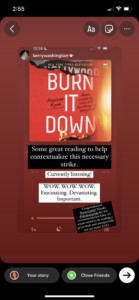
If you want to know more about the book, what I’m watching and what I’m thinking about, I have an extremely sporadic email newsletter. Please sign up for Burner Account today! It is free! In the newsletter, I have shared thoughts on how a new book by Alan Sepinwall highlights what is unique and often the best thing about the TV medium, the passing of Sinéad O’Connor, the death of Twitter, Dark Winds, Rutherford Falls, For All Mankind and Star Trek: Picard, among other topics. By the way, here are the main places that the book and I exist online, so far anyway!
The rest of this post features a selection of criticism and reporting from the past decade that I really love and want to share with you. That’s what you find when you read on — thanks for visiting, and enjoy!
Continue reading Links to my work, media and podcast appearances, plus news on my book Burn It Down
